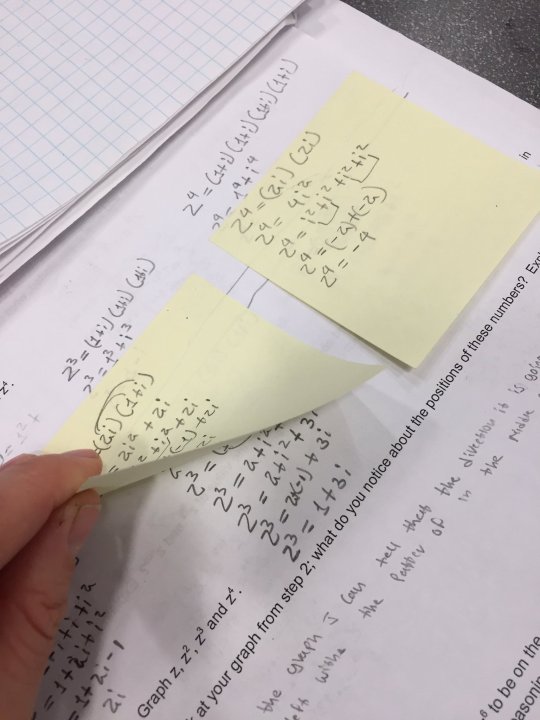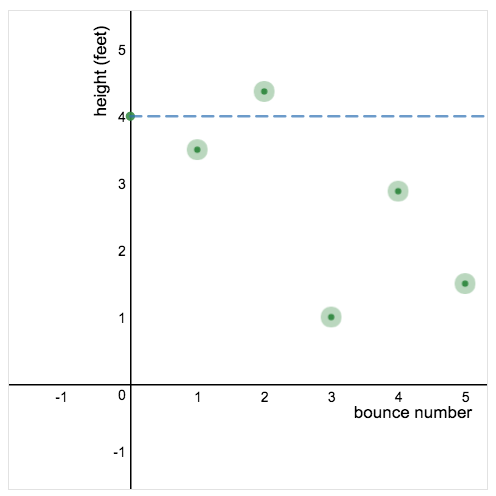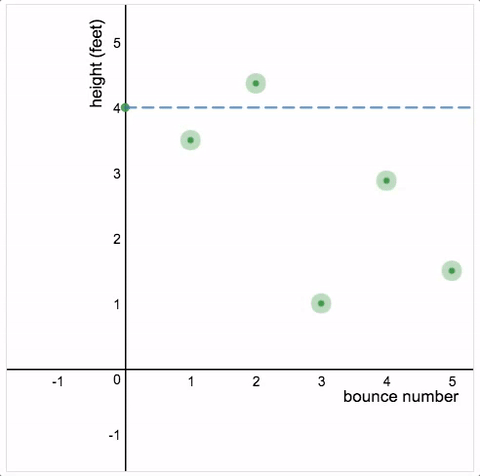Applications Are Open for Cohort 2 of the Desmos Teaching Fellowship!
Last year, we flew 39 teachers to Desmos HQ in San Francisco, CA, and the Demos Teaching Fellowship was born.
In the months since, that cohort has been utterly indispensable to our company’s growth – offering us criticism and counsel on early editions of our products and activities – and we’ve done our best to become indispensable to their growth as well. They trade ideas, tips, and questions in a private Slack team. Several of them have now become Desmos Certified Presenters, working with teachers on our behalf at conferences, keynotes, and workshops.
The success of that first cohort guaranteed a second. We want to meet more of you. We want to help you with your work and for you to help us with ours. If that sounds interesting (and we don’t see any reason why it wouldn’t!) click on through to the application. It’s due March 31.



